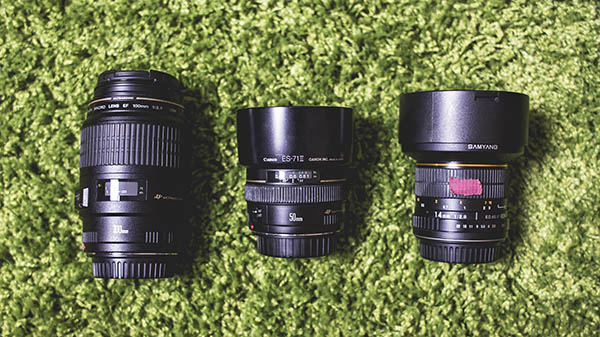

This is because wider apertures will make it easier to shoot in lower light scenarios. If the portrait photographer works primarily with natural light, then they will favour a ‘fast’ lens with wide open apertures such as f/1.4. Portrait photographers work in different styles, with some using only natural light and others adding an artificial light. Being able to create a blurry background is beneficial when you want to isolate your subject, whether it is a person, a coffee cup or perhaps a single flower in a vase. In what scenarios would we benefit from choosing a wide aperture? People, food, and product photographers will appreciate being able to use a lens that can open up wide. Wide aperture creates a blurry background. What this translates to in photographs is blurry backgrounds. When you are using a wide aperture, such as f/2, you are creating a shallow depth of field, meaning, a shallow plane of your image is in focus. This gives you more room to be creative because it determines the area that appears sharp in your photos. The aperture allows you to control the depth of field in your images.

It might appear confusing and it still causes bewilderment amongst photographers at times, that using wide (or large) aperture actually means using a small number, such as f/2.
#Big aperture lens how to#
See also: How to Get Creative with a Fisheye Lens.Let’s look at the differences between using a wide and narrow aperture and what each one of them entails.Ī simple infographic that displays aperture range for easy understanding. Understanding when you will benefit from using a wide or narrow aperture will help you achieve a result that is in line with your creative vision. Most modern cameras will allow you to adjust the aperture by changing settings on the camera body, however, some lenses also have a physical aperture ring around their barrel. For example, some lenses are able to open up to f/1.2 while others might only open up to f/4. Each lens differs in terms of the aperture it has available. This number helps you to understand what kind of aperture you have set on your camera or lens. This will appear on your camera as, for example, f/2 or f2, depending on which camera brand you use. Photo by: 'ShareGrid, Unsplash'.Īperture in photography is also measured through using what is commonly known as an ‘f-stop’. You can see the aperture in the middle of this lens. If we look at a bright scene, the iris in our eyes shrinks, however, if we enter a dark environment, it expands to let in as much light as possible. It functions in the same way our eyes do. The larger the opening, the more light that will get in. Similarly, the smaller the opening, the less light that will be let in. The aperture that you set impacts the size of that hole. Light then hits the sensor before the shutter mechanism closes again. When you press your shutter to take a photo, the shutter mechanism opens to let the light in. In photography, this term relates to the opening of a lens. The literal meaning of aperture in optics is ‘a hole through which light travels’. See also: 11 Tips to Help You Capture Stunning Landscape Photographs.


 0 kommentar(er)
0 kommentar(er)
